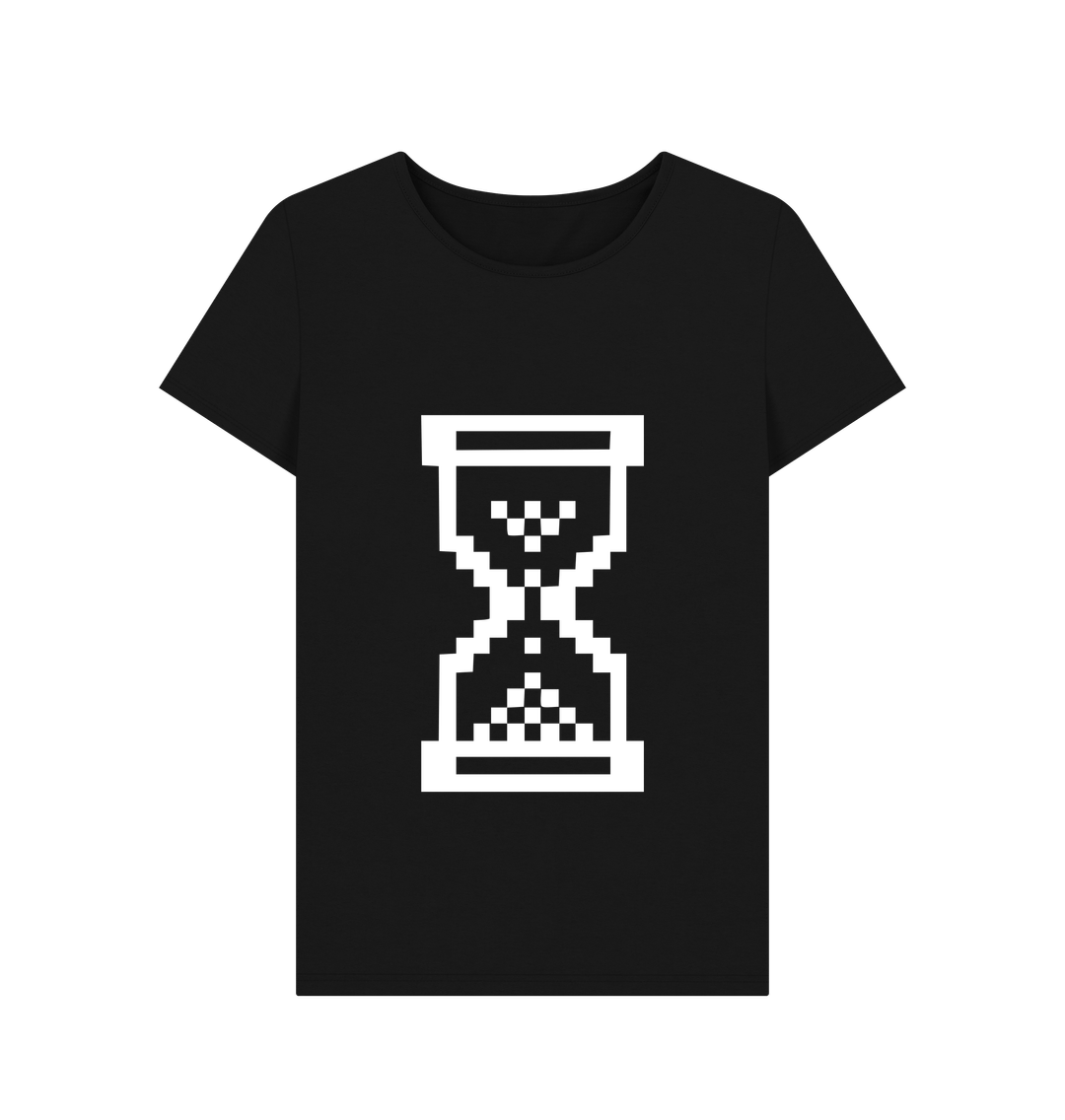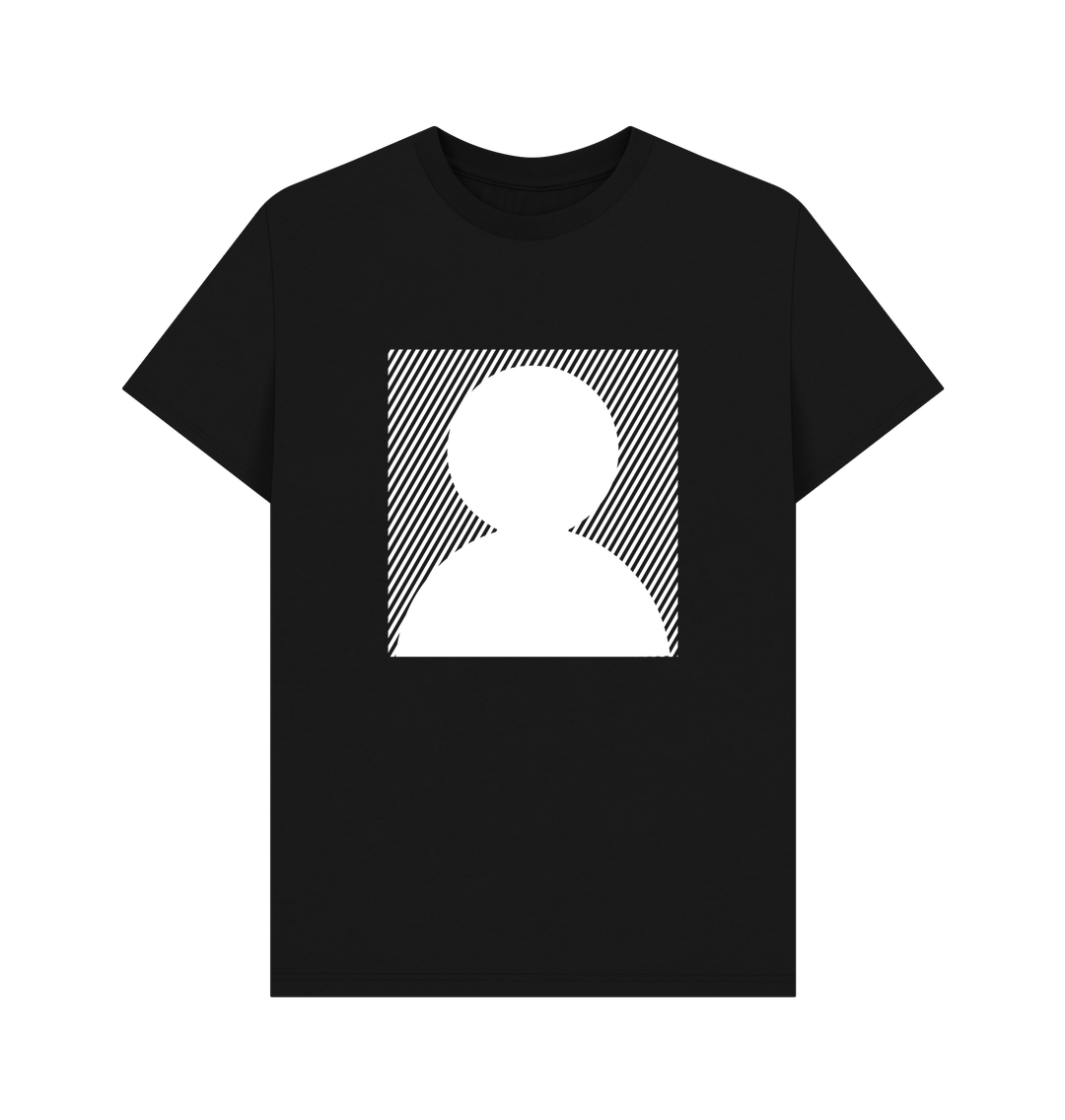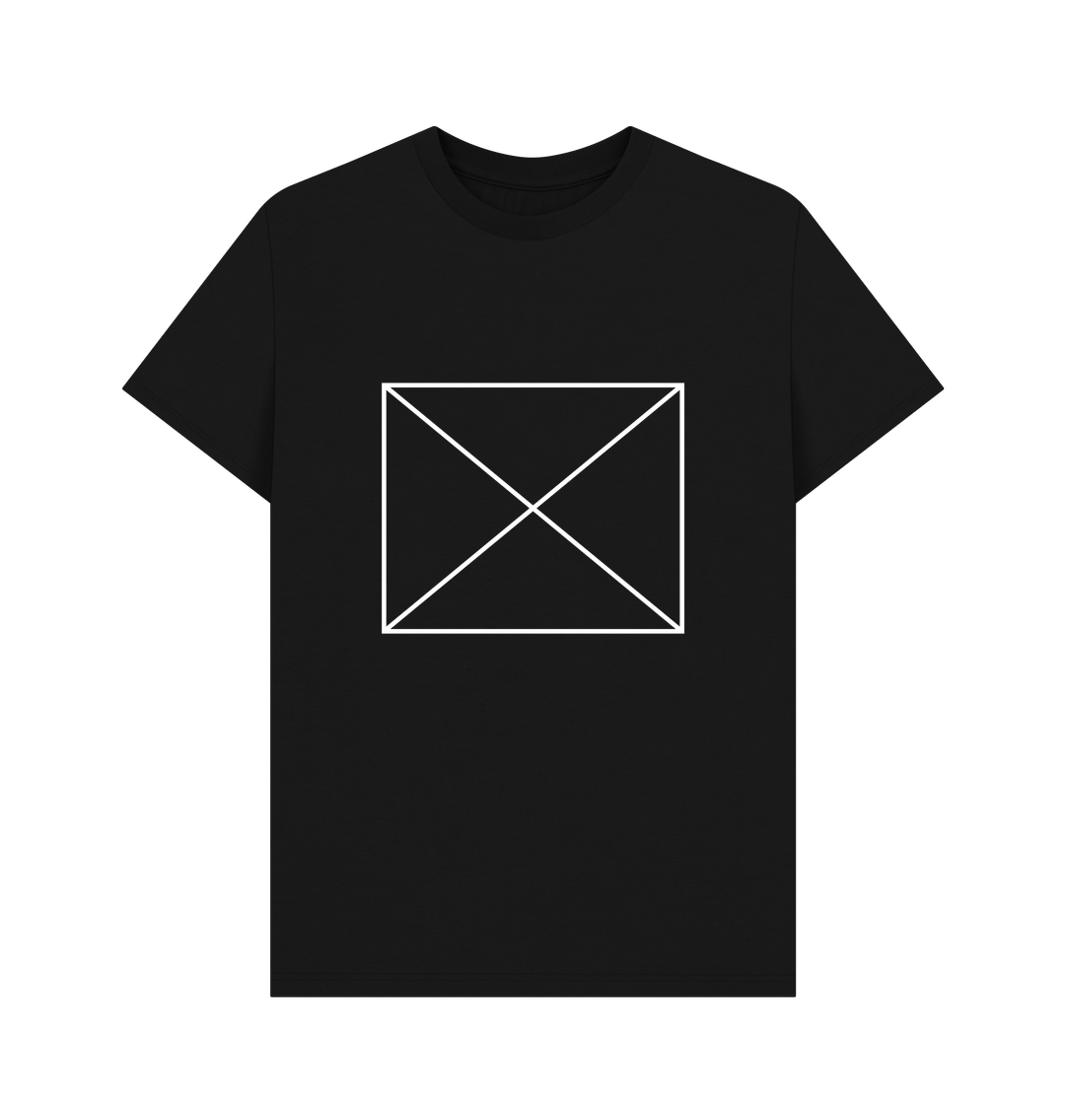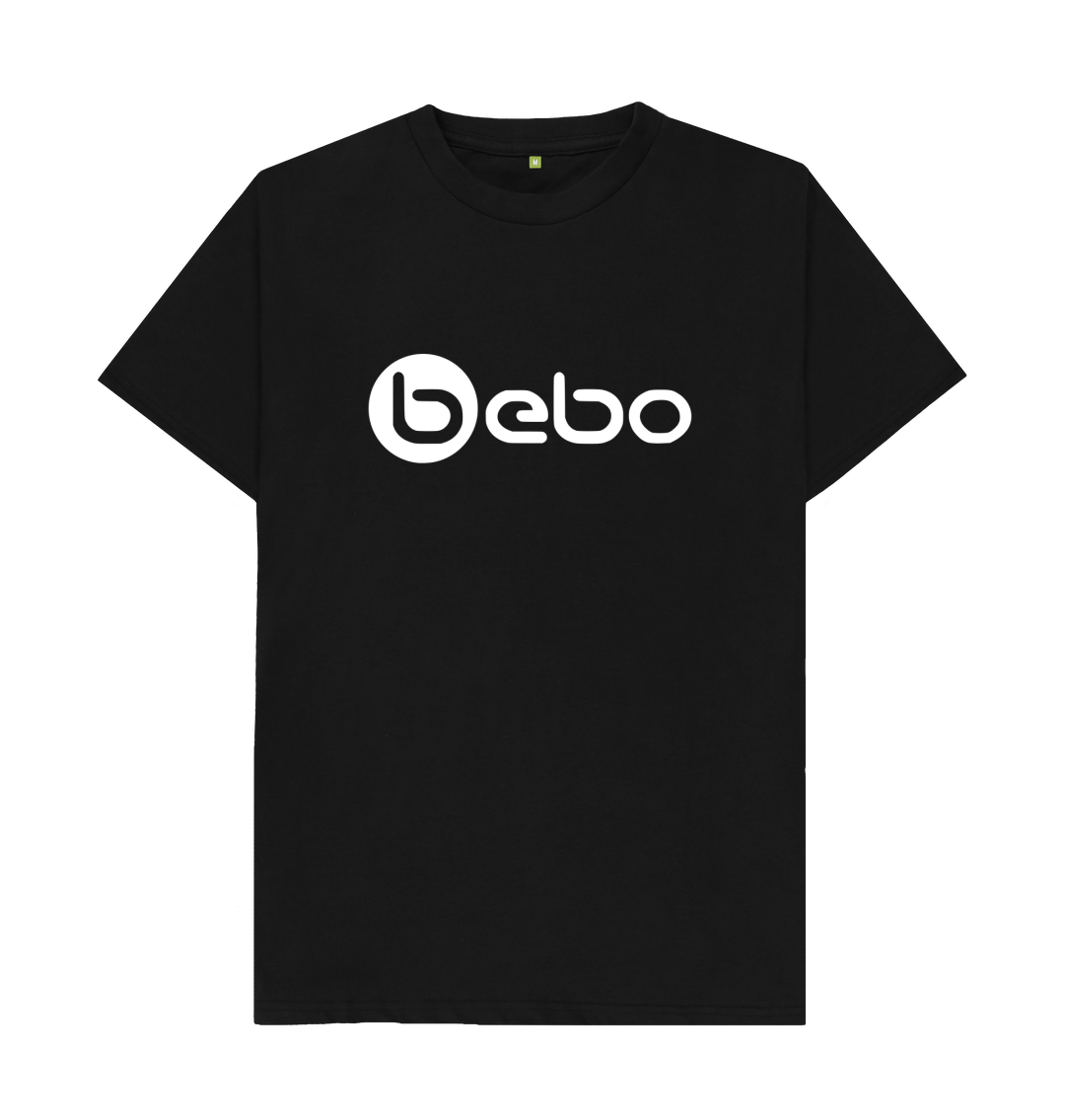GENEVA,
LATE NINETIES
BIRTHPLACE OF THE
LARGE HADRON COLLIDER
(HISTORY’S BIGGEST
F**KING MACHINE)
AND HOMETOWN OF
THE WWW
(WHERE ALL THE SEXY
STEPMOM VIDEOS ARE)
Director’s note: Sexy stepmoms
The web was originally created for experts in their fields to share research with their peers from remote locations. The small ‘web’ of knowledge this created consisted of prose that would wrap and form lines of text to fit the window of any computer’s web browser software.
Director’s note: Soldering
One of my favorite stories to tell is that my Dad contributed parts to the LHC, some of which he got me to solder in his home lab/office.
It was only much later, when some clever c**t decided to put width="1024px" on an HTML element, that we would begin to massively f**k with this perfectly serviceable display algorithm.
Director’s note: Responsive design
It’s worth remembering that web pages are “responsive” by default. We made them not responsive because we confused them with bits of paper.
But this video isn’t about typography, layout, or the ‘responsive’ web we’ve now begun to reclaim. It’s about how the invention of a suite of technologies including a markup language, a resource identifier, and a transfer protocol would ultimately lead a man to unlawfully enter a United States government building, repeatedly taser himself in the junk, and have a fatal heart attack.
The web’s creator, land mammal Tim Berners-Lee, believed his web of information would present a net benefit to society—because information is, well, good , innit. Accordingly, he elected to make its core technologies free for everyone to use.
However, Berners-Lee singularly failed to teach any of the new web users scientific methodology or critical thinking skills. This , as it turns out, was a massive f**k up.
As the web grew and accumulated more information, it accumulated misinformation along with it. Instead of becoming the purely positive knowledge source its largely prosaic nature had us anticipate, the platform’s democratization saw it filled with what we know, what we don’t know, and what we pretend we know when we don’t actually have a f**king clue.
In other words, the web became a simulacrum; a digital mirror of our (hugely flawed) IRL selves. And it’s at this point in the story that I introduce the villain: Capitalism.
To capitalists, this new simulated space represented a virgin wood yet to be logged. But they found the woodland creatures had become accustomed to free stuff. Their only recourse was to lure the creatures back into the real world, with things they might buy there. Barbecue sets, s**t like that.
Director’s note: Shoshana Zuboff
And, for some time, the free and open web was funded by people clicking on pictures of barbecue sets. But only a very few people click on pictures of barbecue sets, so not much money is made by the website or the barbecue advertiser that pays them. Boo hoo.
Director’s note: Barbecue sets
I went through a lot of banal products (sieves, spatulas, novelty mobile phone cases) before settling on barbecue sets.
The greatest minds in online advertising, Fuckwit Arbuckle, Milton Ding Dong, and Gerry McStupidC**t, put their heads together and came up with a solution. And that solution was: more pictures of barbecue sets. In fact, so many pictures of barbecue sets all up in your grill (excuse the pun) that you might click on one accidentally.
Unfortunately, this was not a very sustainable business model. What they really wanted was to determine who the barbecue fetishists are and only advertise to them. Because they might actually buy a f**king barbecue set.
So capitalism created social media: literally social life but mediated by ad sellers. Using social media you do and say everything you would in real life but you’re constantly being watched and listened to in case you say something enthusiastic about barbecues.
Almost invariably, the people most enthusiastic about barbecues are those who already f**king own barbecue sets, making the targeted advertising this massive, dystopian surveillance project promised next to f**king useless for barbecue set vendors.
However, the ad sellers were at least able to ascertain what kind of content people would be willing to sit through adverts to watch. Not really good content, as it turns out, but really, really s**t, f**k-headed, morally reprehensible content. Why? Because bad people like it, edge lords pretend to like it, masochists hate-watch it, and well-meaning people will tell you not to like it. In terms of sheer engagement, objectionable content is the most popular.
Director’s note: Youtube
Just one citation, the rest is out there in abundance.
https://www.vice.com/en/article/mbzzzx/youtube-decides-to-leave-neo-nazi-propaganda-online
As ubiquitous as this kind of content has become, it still presents itself as secret knowledge, attracting most anyone who wants to identify as a “free thinker” without actually having to do any thinking for themselves. This is how engagement algorithms catalyze bad ideas into cults that beget movements that attempt clumsy insurrections resulting in people electrocuting their own genitals. It’s how arch capitalists have upset the yin and yang of the web.
So, eh, what now?
As a content creator , you can reclaim your content from big corporate silos and self-host it. This way your content is your content and you don’t lose anything when Mega Surveillance Media Co decides to kick you off their platform or goes bust. You get to do simple things like edit your content after it’s published and you won’t inadvertently lure people into the clutches of nazi propagandists sharing the same contaminated space.
Just because you publish independently, doesn't mean you have to be isolated. You can syndicate your content with technologies like RSS, and invite engagement by implementing a backfeed using standards like Webmentions.
As a consumer of content, do not engage with awful people saying awful things. Engaging with them, even to condemn them, only legitimates them and normalizes their bullshit.
And finally: the man who entered the Capitol building and had a fatal heart attack did not do so by accidentally electrocuting his own dick with a taser. He just got himself overexcited from all the anger he was being told he should be feeling. Don’t believe everything you read.






